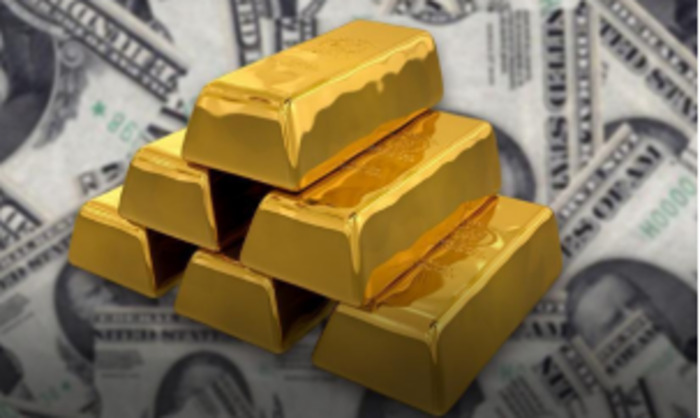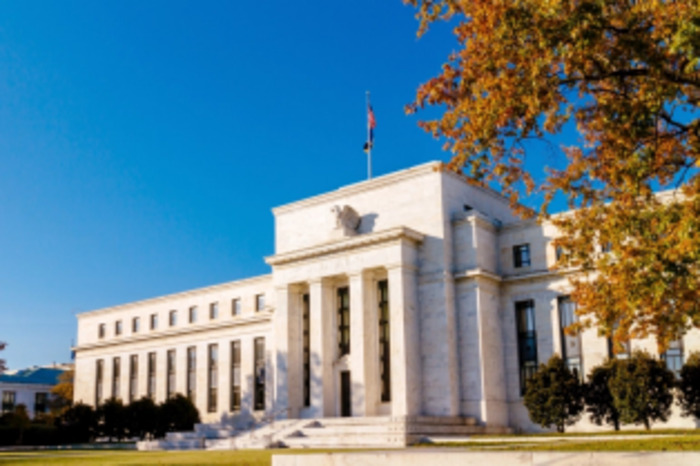The prospect of aggressive interest rate hikes by the Federal Reserve is still negative for gold prices. Federal Reserve officials maintain a hawkish tone and suggest further interest rate hikes this year to curb high inflation. The market is concerned about the US retail sales data and the minutes of the Federal Reserve meeting released on Wednesday and Thursday. U.S. dollar holders have become more expensive, which is expected to give gold a new direction.
Economists expect the U.S. to enter a recession next year. However, as the U.S. economy in general remains strong, the dollar will also remain strong. It's still a long time before the Fed starts to really worry about the outlook for the U.S. economy. Uncertainty remains high to what extent the U.S. economy will weaken. So it seems premature to factor in a recession into the dollar.
UBS Global Wealth Management chief economist Paul Donovan said last week's U.S. inflation data had left financial markets uncertain about the Fed's next policy move. This uncertainty (and the associated risk premium) could be tied to the Fed's unexpectedly larger-than-expected rate hike in June. The elevated status of consumer price inflation adds to the uncertainty, given data flaws and volatility. The Fed's ditching of forward guidance means that markets are free to set expectations as they please without the Fed's effective constraints.
The prospect of Fed rate hikes and macro risk trends will have a huge impact on gold prices. U.S. stocks rose sharply to a more than three-month high, which also suppressed gold prices. Although the Fed’s expectations for a 75 basis point rate hike in September have cooled, most Fed officials delivered hawkish speeches after the July rate decision, and the upcoming Fed meeting The possibility of the minutes being hawkish has increased. The holdings of SPDR, the world's largest gold ETF, have continued to drop to a new low in nearly seven months, and the downside risk of short-term gold prices has increased significantly.
The Fed wants economic growth to slow, and it wants to slow inflation, but it doesn't want the economy to decline sharply. This is the lowest value since the outbreak of the new crown pneumonia epidemic. The data stands in stark contrast to the Michigan survey, which showed a slight increase. Both surveys are about current economic views, one consumer view and the other business view.
The strong message from Fed officials suggests the central bank is unlikely to move to a more dovish policy stance until there is strong evidence that inflation pressures are easing. Therefore, gold bulls are reluctant to take on new large long-term risk exposures, and the continued price rise lacks the necessary support. In fact, gold's rally appears to be reversed if the possibility of higher-than-market interest rates emerges.
Bob Haberkorn, senior market strategist at RJOFutures, said: “Gold has been stuck around $1,800 and a stronger dollar on Monday is driving gold and the broader commodity markets lower. Gold is trading cautiously now, the Fed will continue to raise interest rates…investment They do expect an imminent increase in interest rates.”
Safe-haven demand for the U.S. dollar has again overshadowed safe-haven demand for gold, and the U.S. dollar index rose 0.8%, making gold and other dollar-denominated commodities more expensive for overseas buyers. At present, the US dollar index has initially reversed all the declines of last Wednesday, and the short-term bullish signal has strengthened, which is not conducive to the price of gold.
The Federal Reserve plans to double the pace of shrinking its massive $8.9 trillion balance sheet next month. But with the recent slowdown in inflation, the Fed faces a conundrum. Accelerated quantitative tightening (QT) is an attempt to further withdraw pandemic-era stimulus from the financial system and raise borrowing rates on long-term assets to dent inflation. But this comes as the Fed continues to raise interest rates to curb stubbornly high inflation.
U.S. inflation is currently more than three times the Fed’s 2% target. But double tightening makes it harder for the Fed to achieve a "soft landing" for the economy. Some investors believe the economy is already in recession, and speculation has grown that if a concession has to be made, it may be to slow the pace of QT. Still, some bond investors said the likelihood of the Fed changing its plans anytime soon remains slim.
 2022-08-17
2022-08-17
 1451
1451







 简体中文
简体中文
 ภาษาไทย
ภาษาไทย
 繁體中文
繁體中文
 Indonesia
Indonesia











